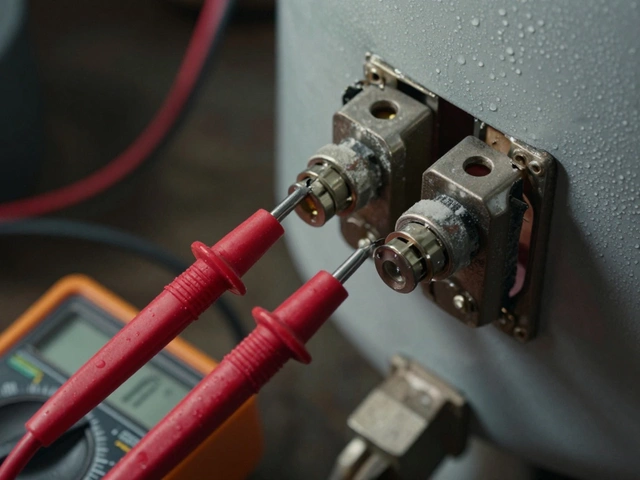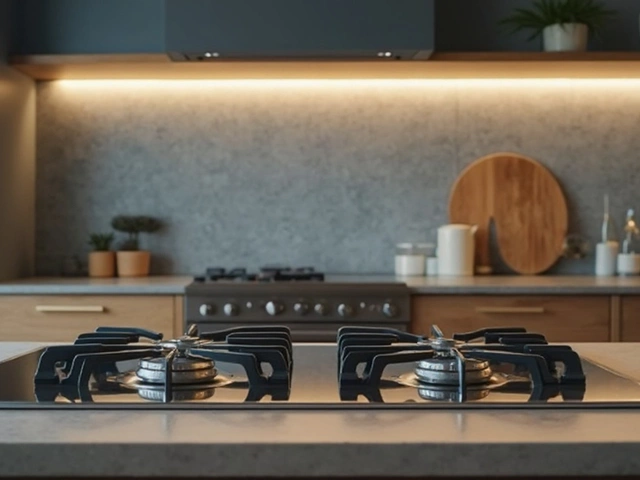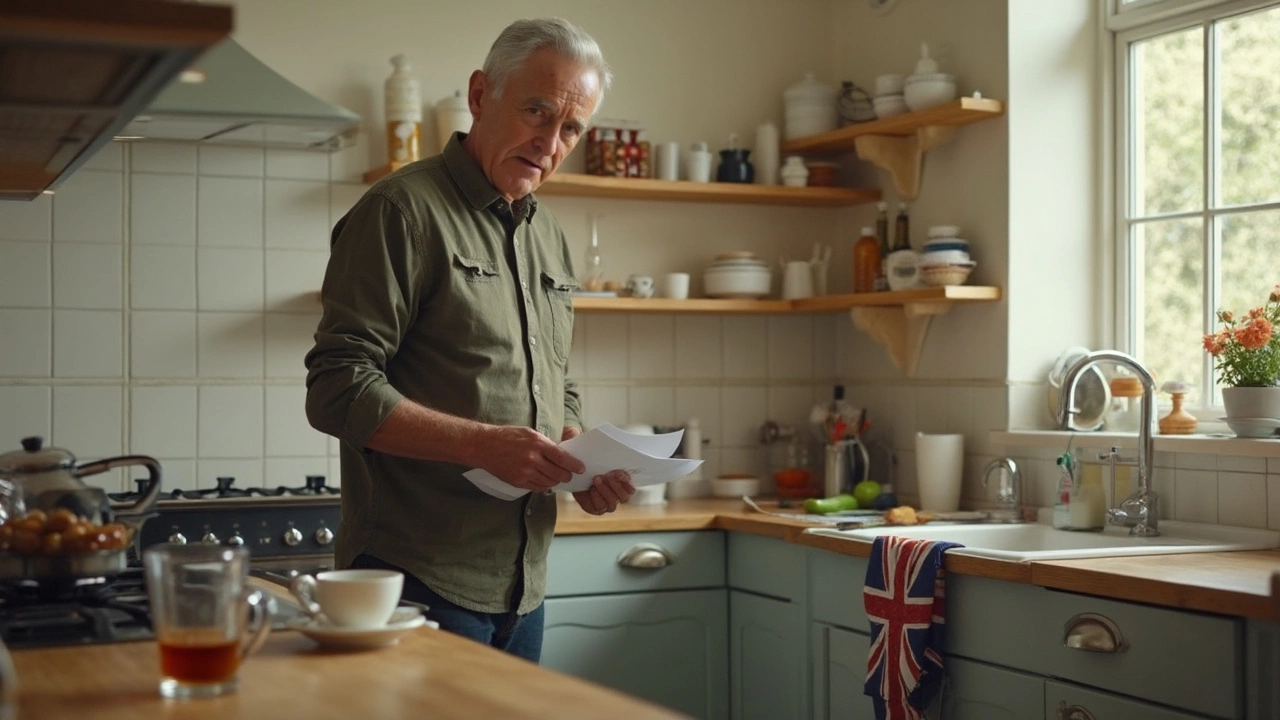How to Fix an Electric Stove – Simple Steps Anyone Can Follow
Got an electric stove that’s acting up? You’re not alone. Most homeowners run into a dead burner, uneven heating, or a control panel that won’t respond at some point. The good news? Many of these hiccups are easy to diagnose and fix without tearing apart the whole unit. Below you’ll find the most common culprits, quick DIY fixes, and clear signs it’s time to call in a pro.
Common Reasons Your Electric Stove Won’t Heat
First, let’s pinpoint why the heat isn’t coming through. In most cases the problem boils down to three things:
- Burner element failure. The coil or flat‑top element can burn out after years of use. You’ll see a broken or discoloured spot, or the burner simply stays cold.
- Faulty thermostat or temperature sensor. If the stove thinks it’s already hot, it will shut off the element early, leaving food half‑cooked.
- Electrical issues. A tripped circuit breaker, loose wiring, or a bad outlet can cut power to one or more burners.
Spotting the exact cause saves you from swapping out parts you don’t need. A quick visual check of the element and a test of the outlet with a multimeter are usually enough to narrow it down.
DIY Fixes You Can Try at Home
Once you know the likely cause, grab a screwdriver, a multimeter, and maybe a replacement element – many are sold at local hardware stores for under £30. Here’s a step‑by‑step plan:
- Safety first. Unplug the stove or switch off the dedicated circuit at the breaker. Even a tiny spark can be dangerous.
- Test the outlet. Plug another appliance into the same socket. If it works, the outlet is fine; if not, reset the breaker or call an electrician.
- Inspect the element. Remove the burner caps, then the element itself. Look for breaks, burns, or a melted coating. Use a multimeter set to continuity – a good element will beep.
- Replace if needed. Disconnect the old element’s wires, note the connection order, and attach the new one the same way. Secure it back in place.
- Check the thermostat. If the element is fine but heating is still spotty, the thermostat may be at fault. Test its resistance; a reading near zero or infinite means replace it.
- Re‑assemble and test. Plug the stove back in and turn the burner on. You should see steady heat within a minute.
If any step feels beyond your comfort zone – especially working with wiring – don’t hesitate to call a qualified technician. A professional can quickly diagnose hidden faults, like a cracked control board, that DIY tools can miss.
Regular maintenance can keep problems at bay. Clean the burners regularly to avoid food buildup, check the cords for wear, and run a quick self‑test (many models have a “reset” button) every few months.
Bottom line: most electric stove issues are either a busted element or a simple electrical glitch. With a few tools and a careful approach, you can fix many problems yourself and avoid a pricey service call. When in doubt, trust a local expert – they’ll have the right parts and expertise to get your stove back to full power fast.






